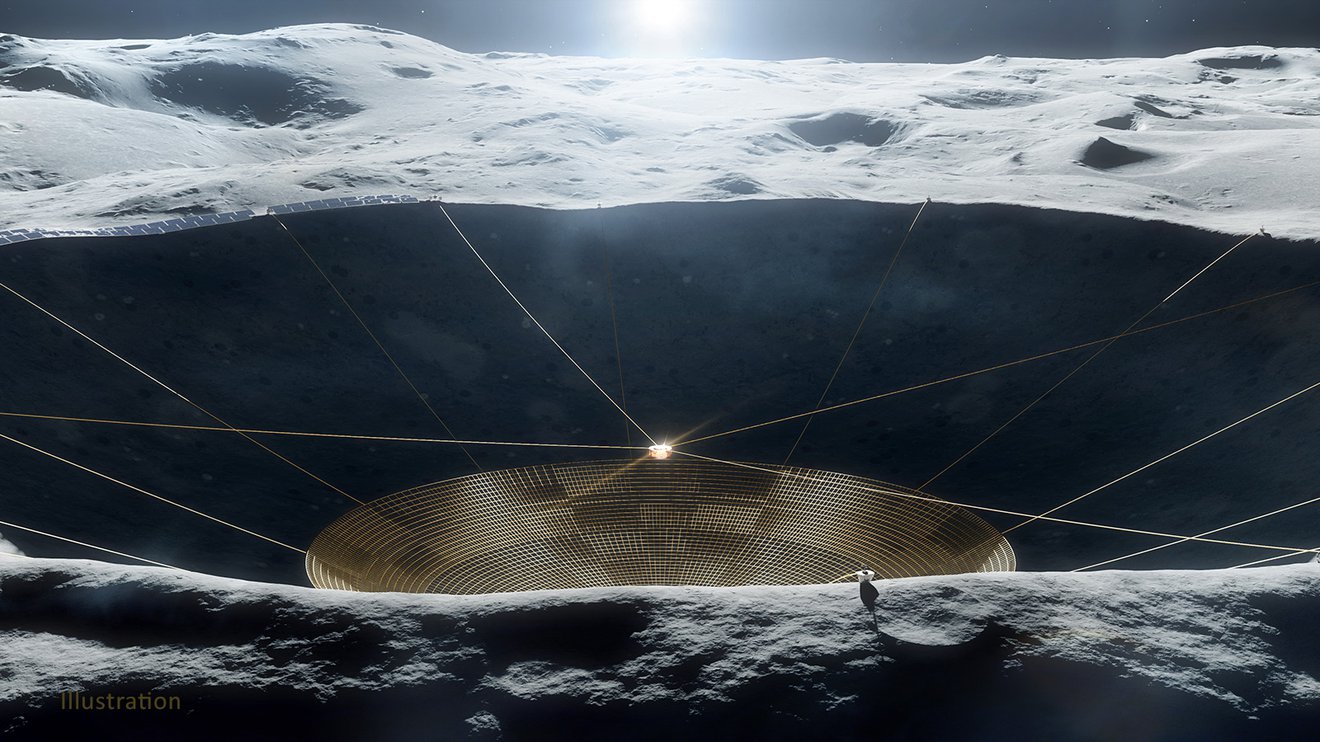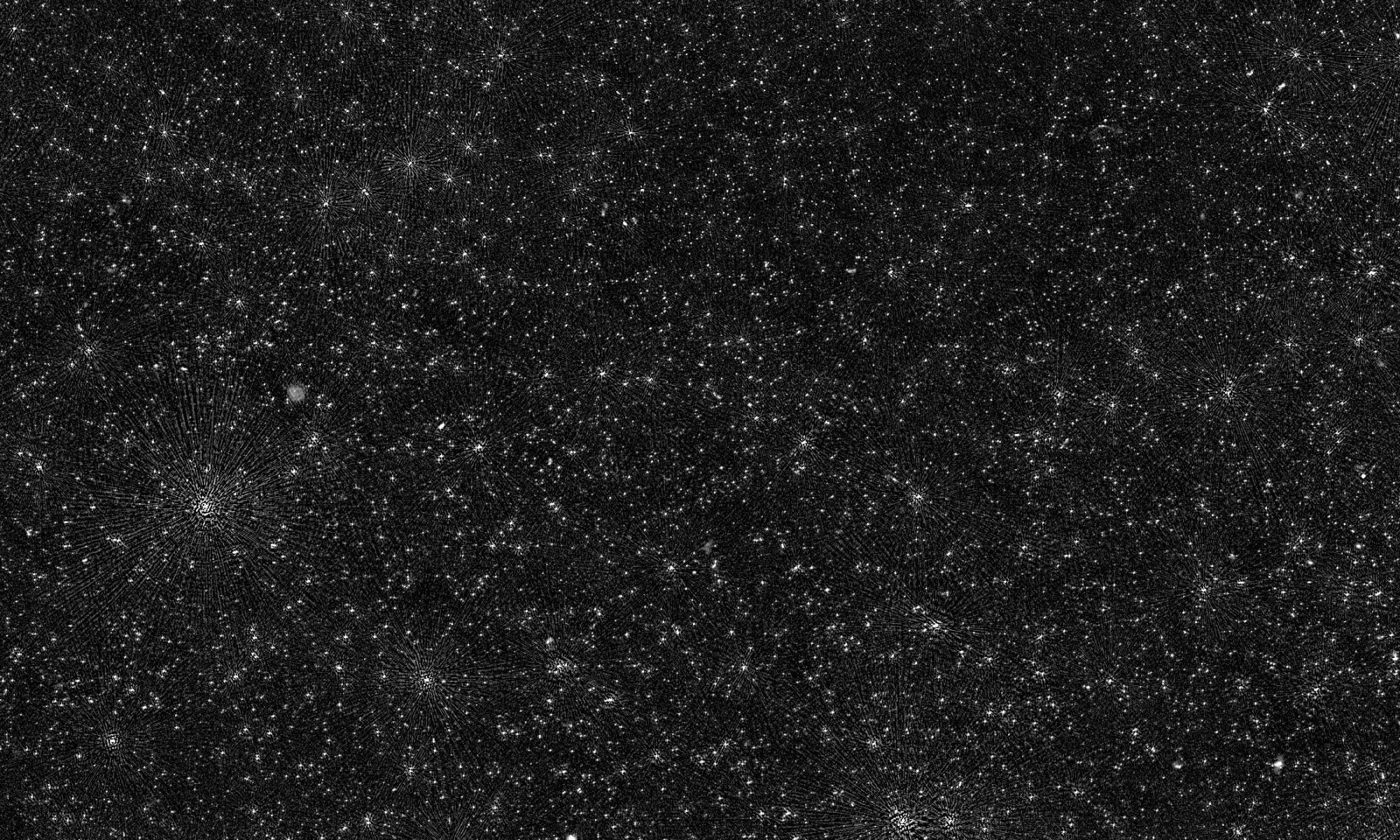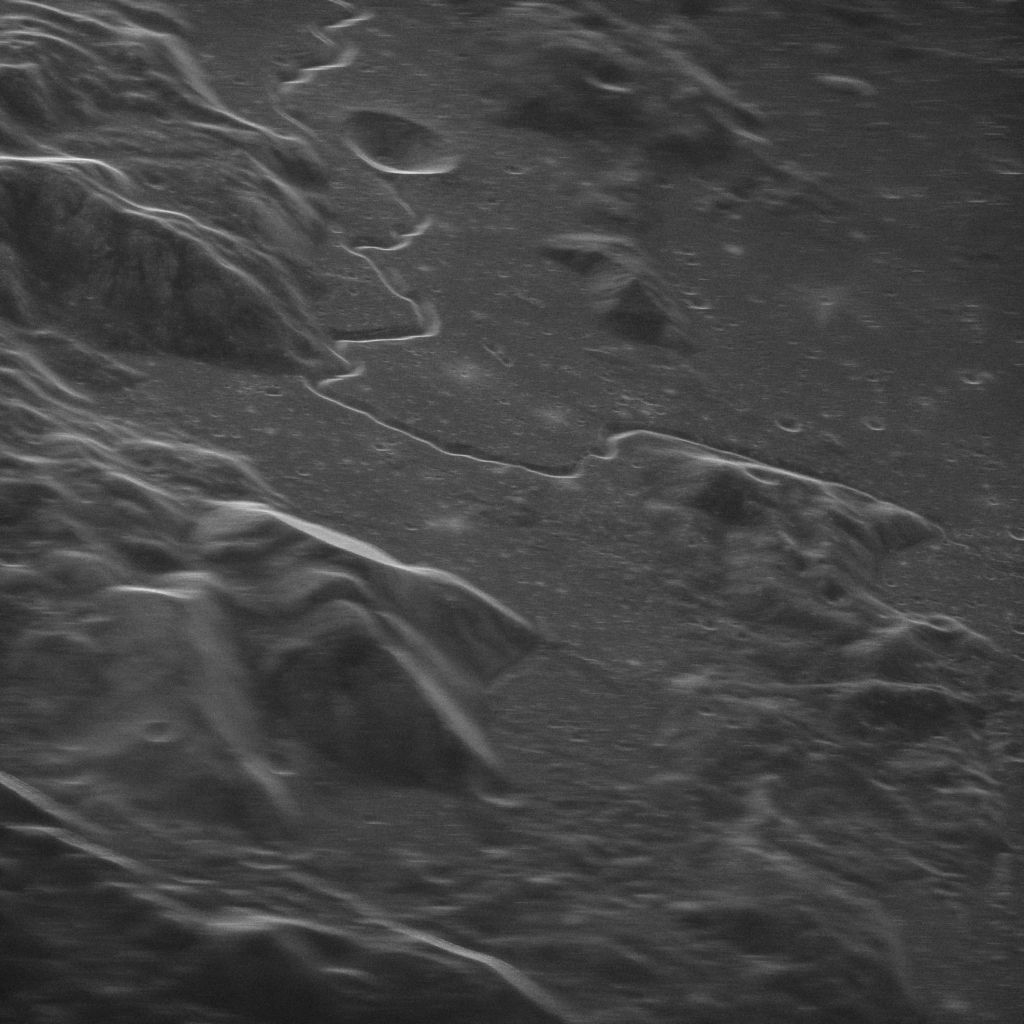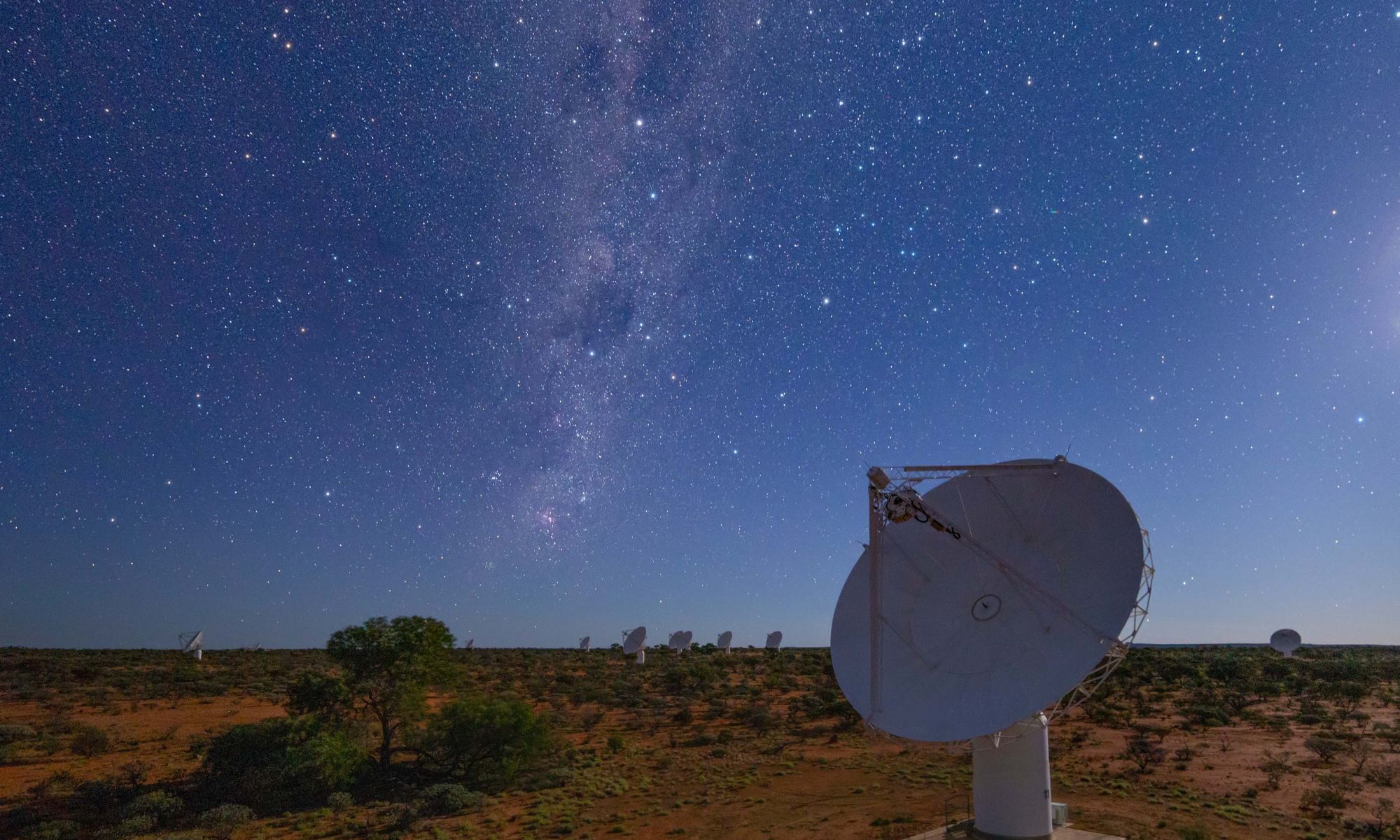It’s difficult to do radio astronomy on Earth, and it’s getting harder every day. Our everyday reliance on radio technology means that radio interference is a constant challenge, even in remote areas. And for some wavelengths even the Earth’s atmosphere is a problem, absorbing or scattering radio light so that Earth-based telescopes can’t observe these wavelengths well. To overcome these challenges, astronomers have proposed putting a radio telescope on the far side of the Moon.
Continue reading “A Lunar Farside Telescope Could Detect Exoplanets Through Their Magnetospheres”CHIME Detected Over 500 Fast Radio Burst in its First Year, Providing new Clues to What’s Causing Them
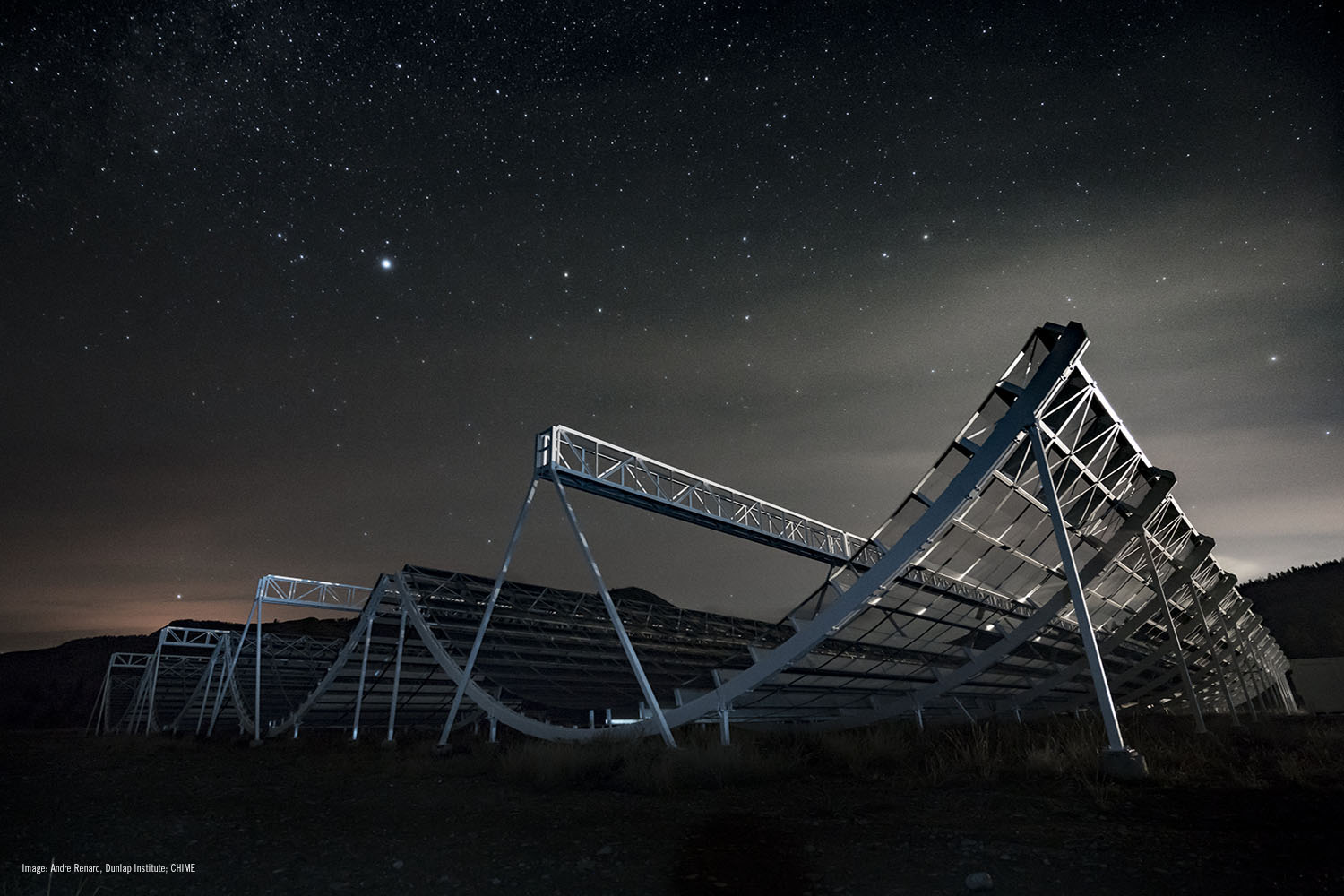
Much like Dark Matter and Dark Energy, Fast Radio Burst (FRBs) are one of those crazy cosmic phenomena that continue to mystify astronomers. These incredibly bright flashes register only in the radio band of the electromagnetic spectrum, occur suddenly, and last only a few milliseconds before vanishing without a trace. As a result, observing them with a radio telescope is rather challenging and requires extremely precise timing.
Hence why the Dominion Radio Astrophysical Observatory (DRAO) in British Columbia launched the Canadian Hydrogen Intensity Mapping Experiment (CHIME) in 2017. Along with their partners at the National Radio Astronomy Observatory (NRAO), the Massachusetts Institute of Technology (MIT), the Perimeter Institute, and multiple universities, CHIME detected more than 500 FRBs in its first year of operation (and more than 1000 since it commenced operations)!
Continue reading “CHIME Detected Over 500 Fast Radio Burst in its First Year, Providing new Clues to What’s Causing Them”NASA is Getting Serious About a Radio Telescope on the Moon
It’s widely known by now that the “dark side” of the moon, made famous by Pink Floyd, isn’t actually dark. It gets as much sunlight as the side that is tidally locked facing Earth. However, it is dark in one very important way – it isn’t affected by radio signals emanating from Earth itself. What’s more, it’s even able to see radio waves that don’t make it down to Earth’s surface, such as those associated with the cosmic “Dark Ages” when the universe was only a few hundred million years old. Those two facts are the main reasons the far side of the moon has continually been touted as a potential location for a very large radio telescope. Now, a project sponsored by NASA’s Institute for Advanced Concepts (NIAC) has received more funding to further explore this intriguing concept.
Continue reading “NASA is Getting Serious About a Radio Telescope on the Moon”Gravitational Lenses Could Allow a Galaxy-Wide Internet
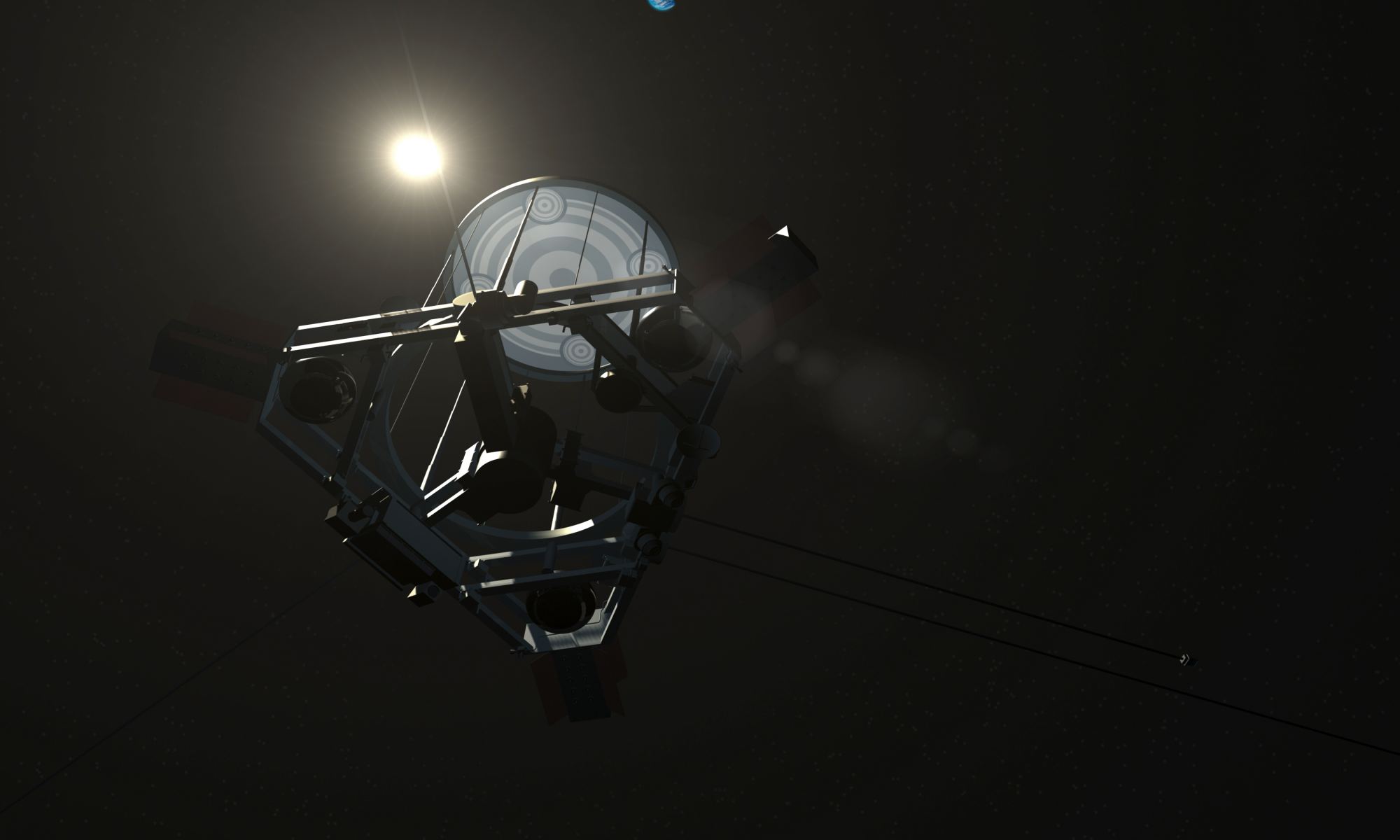
As Carl Sagan once said, “The sky calls to us. If we do not destroy ourselves, we will one day venture to the stars.” And our first emissaries to the stars will be robotic probes. These interstellar probes will be largely autonomous, but we will want to communicate with them. At the very least we will want them to phone home and tell us what they’ve discovered. The stars are distant, so the probes will need to make a very long-distance call.
Continue reading “Gravitational Lenses Could Allow a Galaxy-Wide Internet”Work Begins on Cleaning up Arecibo. The job Could Cost $50 Million

The collapse of Arecibo’s radio telescope was a devastating blow to the radio astronomy community. On December 1st, the suspended instrument platform came crashing down, destroying a large part of the receiver dish and the towers supporting the platform, as well as causing minor damage to some outlying buildings. Now the National Science Foundation (NSF), the government agency responsible for operating Arecibo is starting to pick up the pieces to figure out what’s next for the site, as they detailed in a brief report to Congress recently.
Continue reading “Work Begins on Cleaning up Arecibo. The job Could Cost $50 Million”A map of 25,000 Supermassive Black Holes Across the Universe
The Low-Frequency Array (LOFAR) is a different kind of radio telescope. Although radio light has the longest wavelengths and lowest frequencies of the electromagnetic spectrum, much of radio astronomy has focused on the higher frequency end. Observatories such as ALMA study radio light at frequencies of hundreds of Gigahertz, and the VLA studies the fifty Gigahertz range, LOFAR captures radio signals below 250 Megahertz, which is in the range of the lowest radio frequencies that can be seen from Earth.
Continue reading “A map of 25,000 Supermassive Black Holes Across the Universe”A New Radar Instrument Will Try To Fill the Void Left By Arecibo
Observational astronomy is dependent on its data, and therefore also dependent on the instruments that collect that data. So when one of those instruments fails it is a blow to the profession as a whole. The collapse of the Arecibo Telescope last year after it was damaged by Hurricane Maria in 2017 permanently deprived the radio astronomy world of one of its primary observational tools. Now a team at the National Radio Astronomy Observatory (NRAO) hopes to upgrade an existing telescope at the Green Bank Observatory in West Virginia to replace the failed Puerto Rican one and provide even more precise images of near Earth objects in the radio spectrum.
Continue reading “A New Radar Instrument Will Try To Fill the Void Left By Arecibo”Radio Emissions Have Been Detected from an Exoplanet
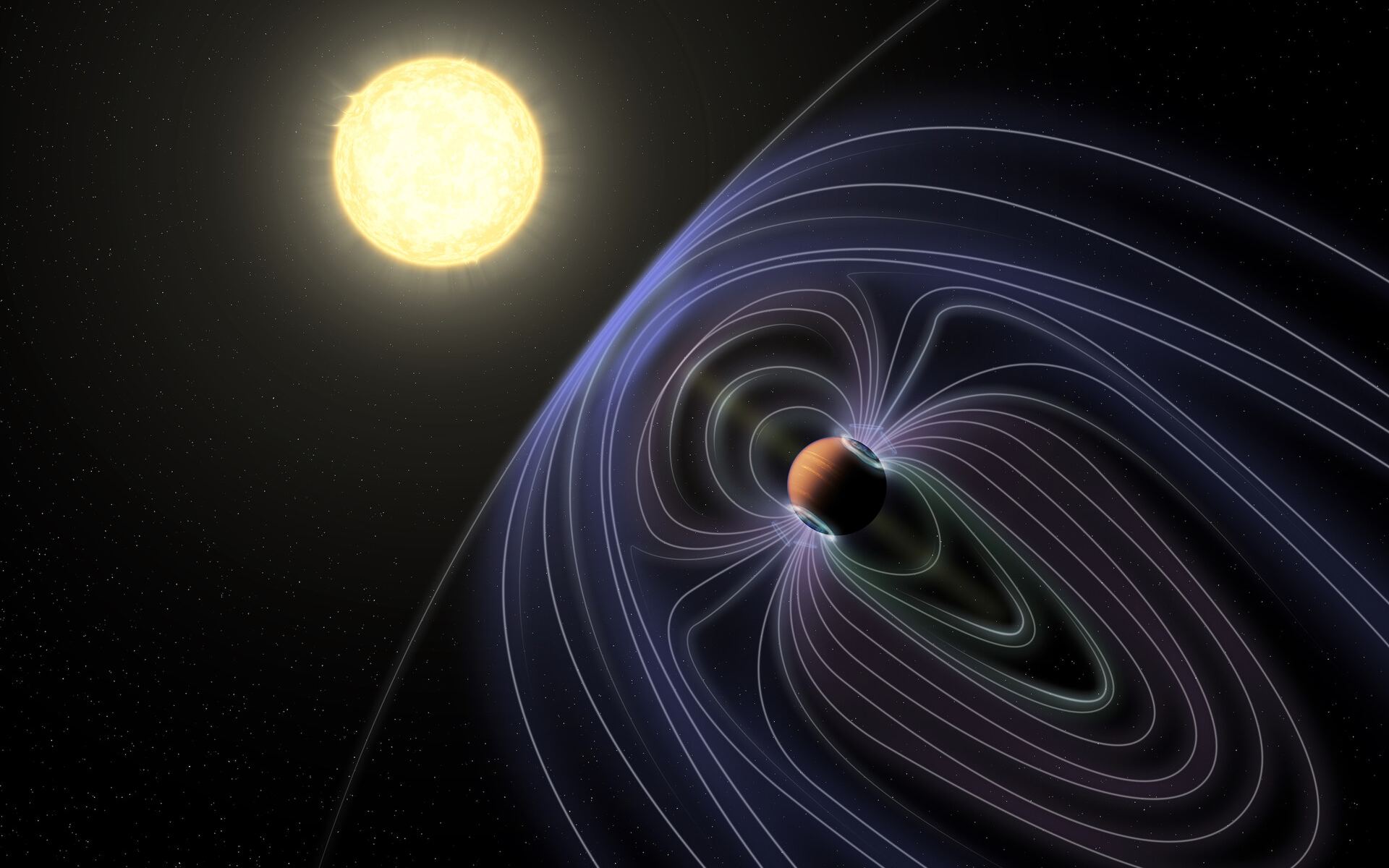
Invisible Glow
Finding planets out in the Universe is pretty hard. I say this despite the fact that two planets in Earth’s skies are aligning tomorrow to form one of the brightest objects seen in hundreds of years. But while the brilliant Jupiter and Saturn are always visible to the naked eye, Neptune wasn’t directly observed until 1846 despite being in our own solar system. We didn’t start discovering planets outside the solar system until 150 years after Neptune. Like Neptune, we find them (though indirectly), through visible light. However an international team of researchers may have just made the first detection of an exoplanet through radio emissions created by the planet’s aurora.
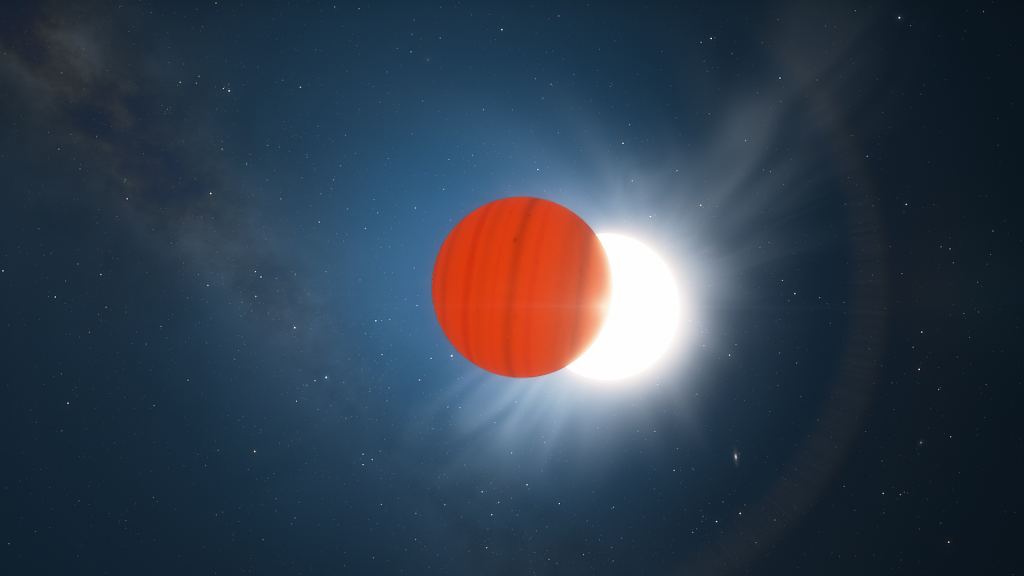
Australian Radio Telescopes Just Completed a map of the Universe
Although radio astronomy has been around since the 1930s, it is only in recent years that astronomers have been able to make high-resolution maps of the radio sky. Sky maps are difficult for radio telescopes because radio antennas need to be focused on an extremely small patch of sky to capture images in high resolution. But with modern antennas and computer processing, we can now scan the sky quickly enough to map the heavens in a reasonable amount of time.
Continue reading “Australian Radio Telescopes Just Completed a map of the Universe”
